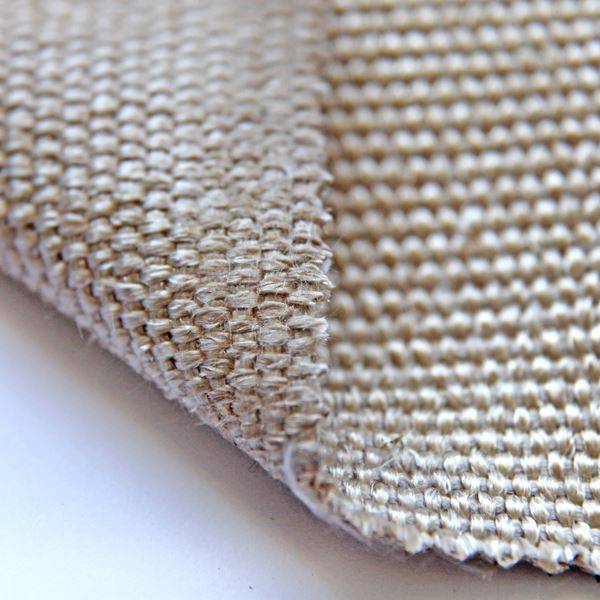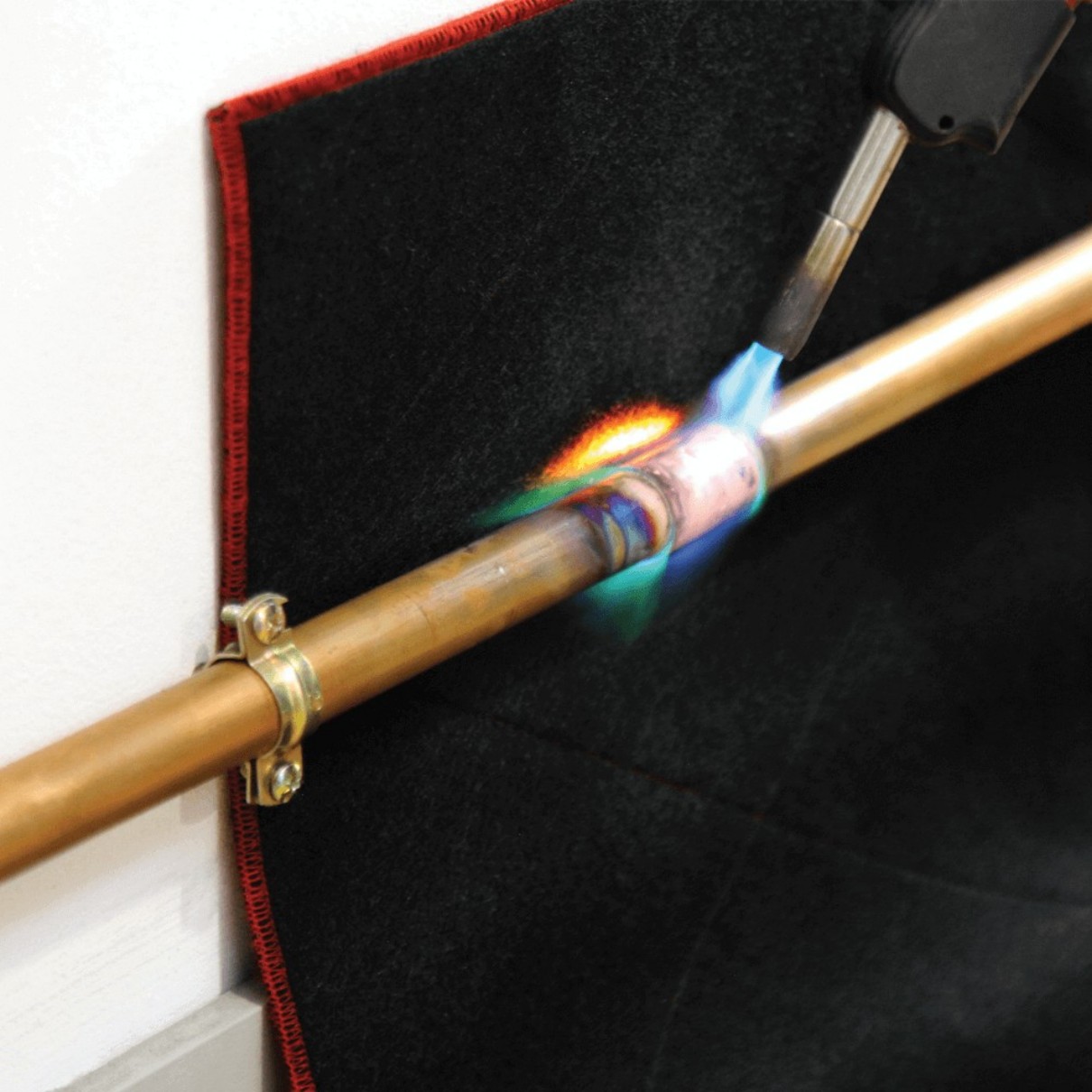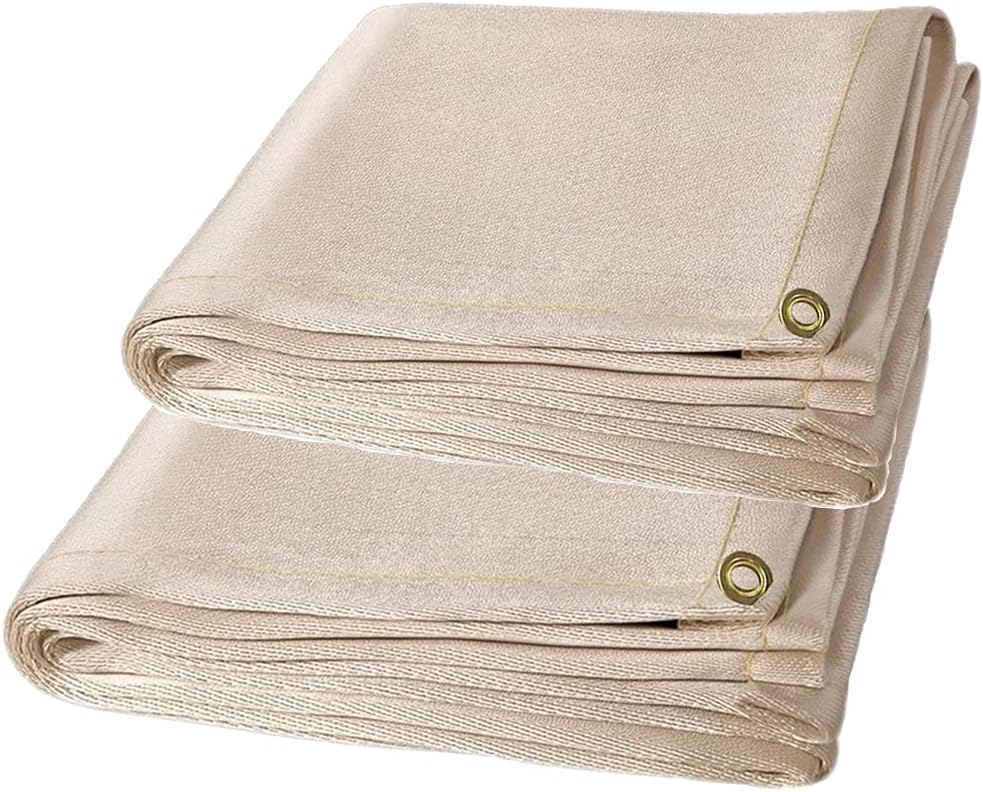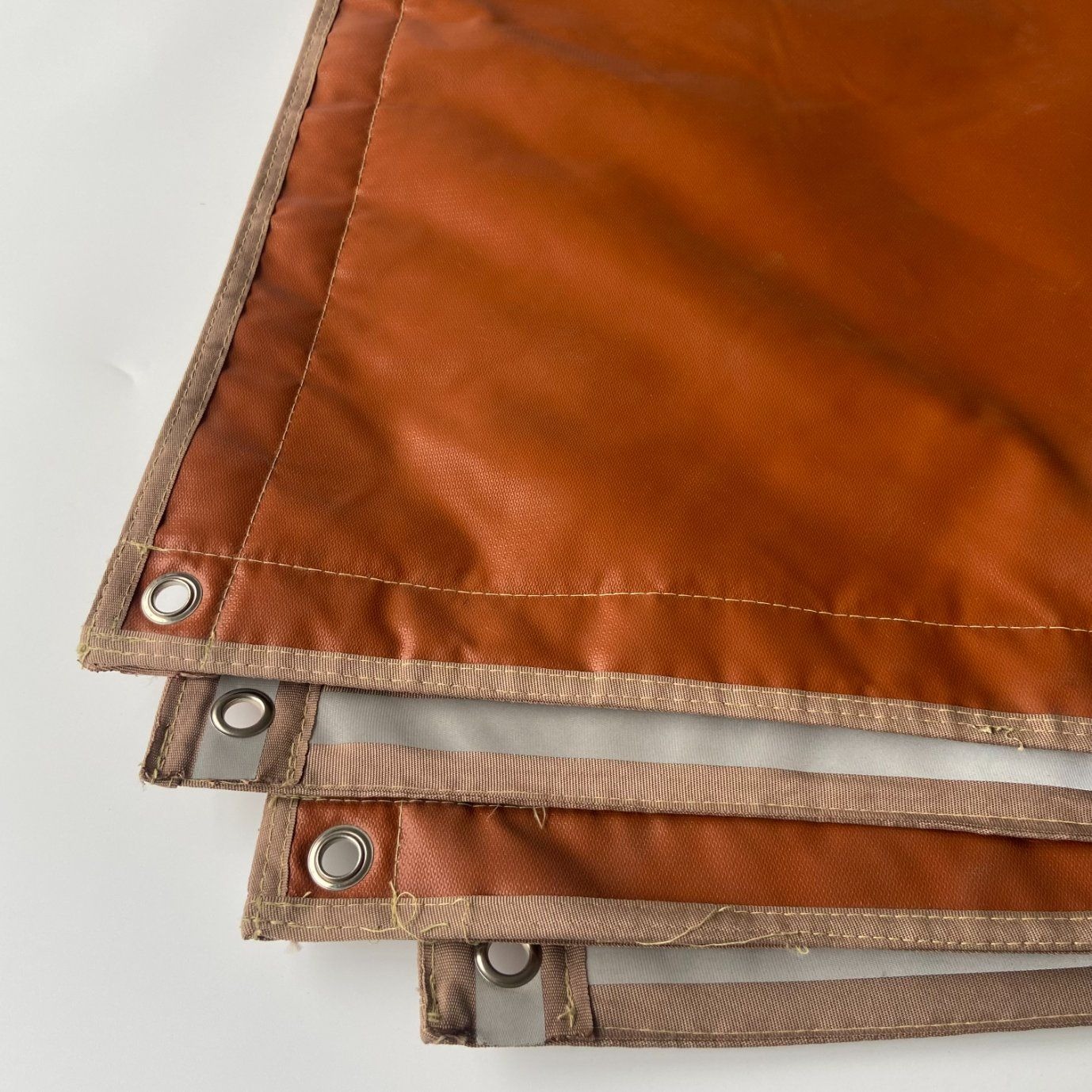Fire Rated Blanket Insulation: Benefits and Applications
Summary:Fire rated blanket insulation provides thermal protection while resisting fire spread. This guide explains its composition, safety benefits, installation tips, and where to use it for optimal fire protection in buildings.
What Is Fire Rated Blanket Insulation?
Fire rated blanket insulation is a specialized material designed to slow heat transfer while resisting flames. Unlike regular insulation, it contains fire-resistant fibers like fiberglass or mineral wool treated with fire-retardant chemicals. When exposed to high temperatures, it forms a protective barrier rather than fueling the fire.
Key Benefits of Fire Rated Blanket Insulation
1. Enhanced Safety:It can withstand temperatures up to 1200°F (650°C) and slows fire spread by 1-2 hours, giving occupants more time to evacuate.
2. Energy Efficiency:While providing fire protection, it also maintains excellent thermal insulation properties, reducing heating/cooling costs.
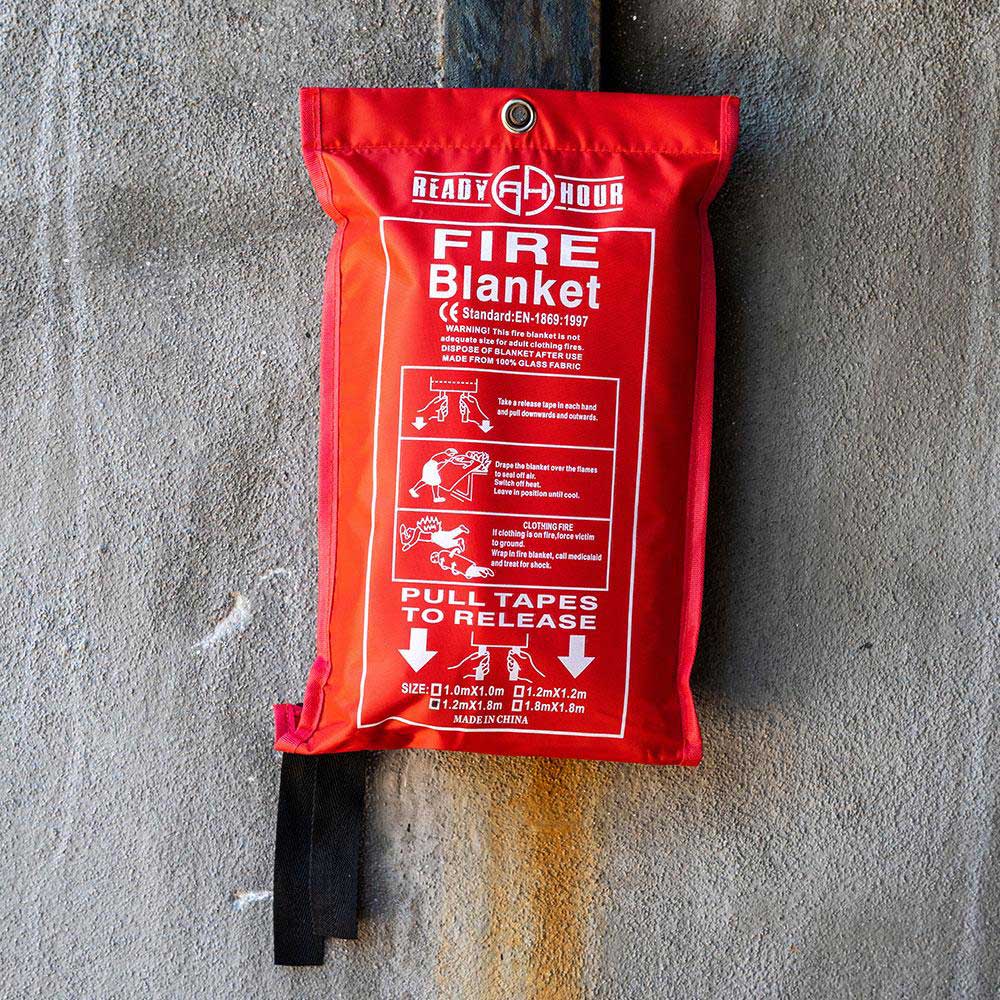
3. Easy Installation:The flexible blanket form fits easily between studs, pipes, or ducts without special tools.
4. Code Compliance:Meets international building codes (ASTM E84, UL 723) for fire-resistant materials in commercial and residential construction.
Where to Use Fire Rated Blanket Insulation
This insulation works best in high-risk areas:
- Between floors in multi-story buildings
- Around electrical panels and wiring
- HVAC ductwork and mechanical rooms
- Attics and crawl spaces in wildfire-prone areas
- Industrial facilities with high-temperature equipment
Installation Tips for Maximum Protection
1. Measure Carefully:Cut pieces slightly larger than the cavity for a snug fit without compression.
2. Seal Gaps:Use fire-rated caulk to seal any gaps around edges where flames might penetrate.
3. Layer Properly:For walls requiring 1-hour fire resistance, install at least 3.5 inches of blanket insulation.
4. Wear Protection:Use gloves, goggles, and a mask when handling to prevent skin/eye irritation from fibers.
Maintenance and Longevity
Fire rated blanket insulation typically lasts 20-30 years with proper installation. Check annually for:
- Compression or settling that reduces effectiveness
- Water damage that may degrade fire-resistant properties
- Rodent damage in accessible areas
Unlike spray foam, damaged sections can be easily replaced without removing entire wall sections.
Comparing Fire Rated Blanket to Other Insulation Types
| Type | Fire Resistance | R-Value per Inch | Cost |
|---|---|---|---|
| Fire Rated Blanket | Excellent | 3.0-4.2 | $$ |
| Standard Fiberglass | Poor | 2.9-3.8 | $ |
| Cellulose | Good (with treatment) | 3.2-3.8 | $$ |
Cost Considerations
Fire rated blanket insulation costs 15-30% more than standard insulation but provides:
- Potential insurance discounts for improved fire safety
- Lower risk of costly fire damage
- Longer lifespan than some alternatives

For most homeowners, the added safety justifies the moderate price increase.
Frequently Asked Questions
Q: Can I install fire rated blanket insulation myself?A: Yes, for simple applications like attic floors. For walls or complex spaces, consider professional installation to ensure proper fire barriers.
Q: Does it contain harmful chemicals?A: Modern versions use non-toxic fire retardants, but always check manufacturer specifications if you have chemical sensitivities.
Q: How does it compare to fireproof spray foam?A: Blanket insulation is easier to install and replace, while spray foam provides better air sealing. Choose based on your specific needs.


